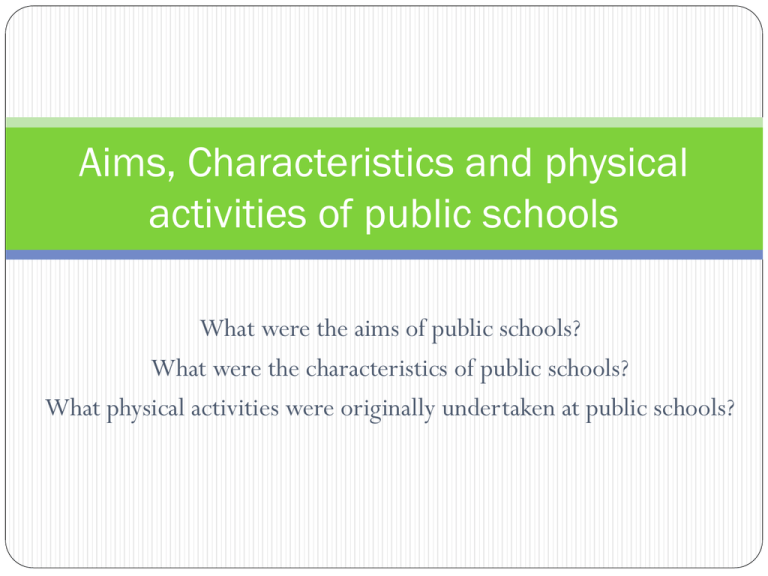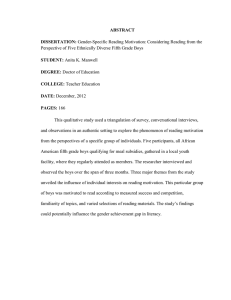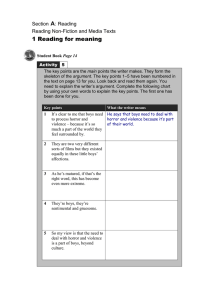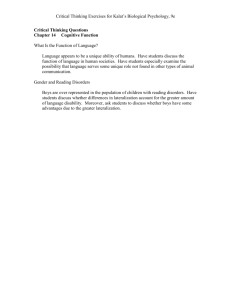
Aims, Characteristics and physical
activities of public schools
What were the aims of public schools?
What were the characteristics of public schools?
What physical activities were originally undertaken at public schools?
History
History
Public schools were established long before state or government schools
were thought of
Only used to cater for the ‘elite’ society of the upper class (such as Eton
and Harrow)
During the 19th century the middle class emerged
They had worked hard for their wealth and wanted to emulate the
lifestyles of the upper class
Not allowed in public schools due to their background
Middle class built their own Proprietary schools (such as Marlborough
and Clifton)
Aims
They aimed to educate the future leaders of society for their
role as politicians, lawyers and doctors
Leadership skills and ‘behaviour befitting gentlemen’ key
components in their education
Taught social order
Prepared to serve their country in whatever way necessary
Characteristics
Characteristics
Public schools for the upper and eventually the middle classes
Elitist
Fee paying
Controlled by trustees
Often a long way from the boys homes in rural locations- most boarded
Boys leaving home at an early age became institutionalised- learning their place in
society
Older boys became prefects and younger boys were made to serve them (Fags)
Bullying arose- very harsh and wide spread
Single sex (initially for first sons only then daughters too)
Strict discipline- flogging often occurred
Harsh treatment and basic living conditions prepared boys for adult life
Physical Activities
Boys used to spend afternoons unsupervised and caused problems in the local area
trespassing on property, poaching, gambling and taking part in Mob games.
School authorities disapproved of these activities because...
they happened away from school grounds
they had no moral values
they bought the school’s reputation into disrepute
Development of Physical Activity
Before the 1850’s sporting activities were seen as a waste of
time
In 1864 Queen Victoria appointed the Earl of Clarendon and his
team to examine public school life
Criticised many aspects and gave advice on how to improve-
recognised the value of team games
Legacy remains here today with Rugby, Hockey and Cricket still
popular during curricular and extracurricular time












